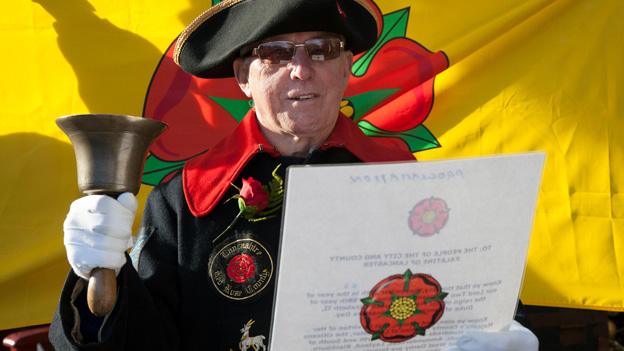Berkshire and Oxfordshire boundary debate still rages 50 years on
- Published
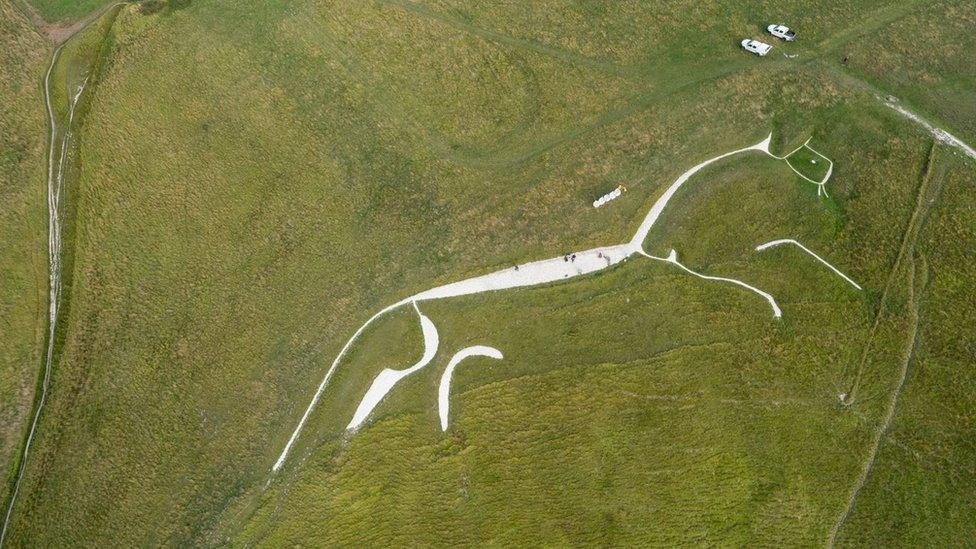
The changes meant the iconic Uffington White Horse was no longer in Berkshire
It is approaching 50 years since the Berkshire and Oxfordshire border was radically redrawn and the controversial change continues to be a sore point for some.
But why did the shake up happen? And why is there still a campaign for the border to return to its historical route along the River Thames?
The Local Government Act 1972, enacted in April 1974, gave us the modern boundary between Oxfordshire and Berkshire.
Before that, Berkshire extended as far north as Botley, up the Botley Road in Oxford, and almost reached the city centre.
The boundary change meant major settlements including Wantage, Didcot, Abingdon and Faringdon were moved from Berkshire into Oxfordshire.
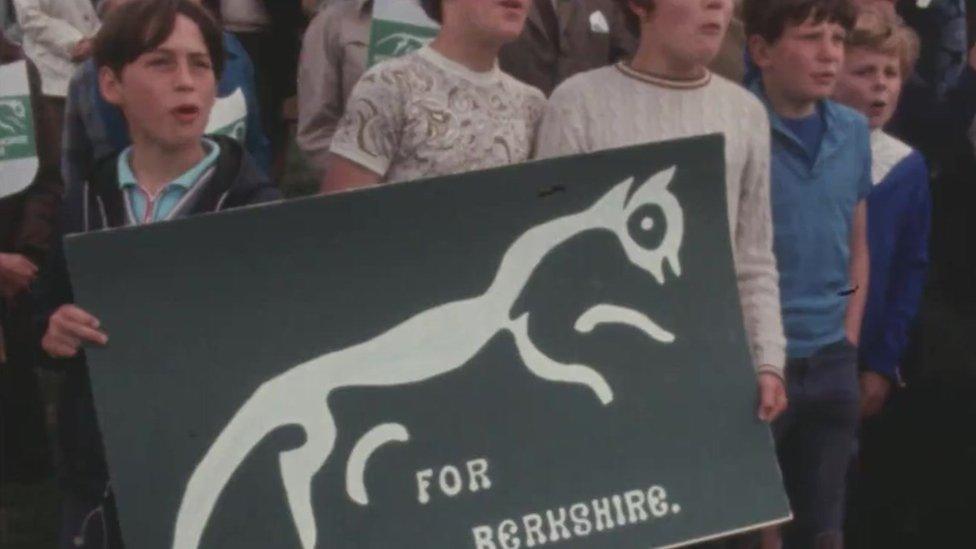
Protests against the changes were held in the early 1970s
It also meant that Berkshire lost the Uffington White Horse - an iconic landmark and an emblem closely associated with the county.
All this led to protests at the time, which have carried on in the decades since.
Historian Count Nikolai Tolstoy, who lives in Southmoor - formerly in Berkshire, now in Oxfordshire - said the boundary changes were a "real act of cultural vandalism".
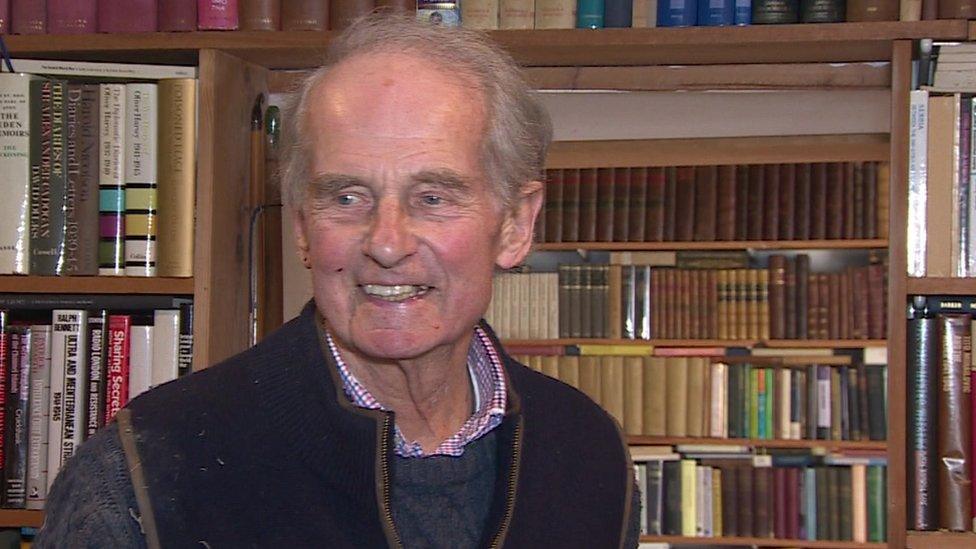
Count Nikolai Tolstoy said the boundary changes were an act of "cultural vandalism"
Protest group CountyWatch continues to campaign for the historical Berkshire border to be reinstated.
Count Tolstoy, who is the group's patron, added: "I think I'm one of those people who thinks it's no good just shrugging your shoulders and saying 'oh well this happened'. That's how we've got into the fix we're in.
"You have to resist, and on my address - and all my letters get through to me - I always put Berkshire."
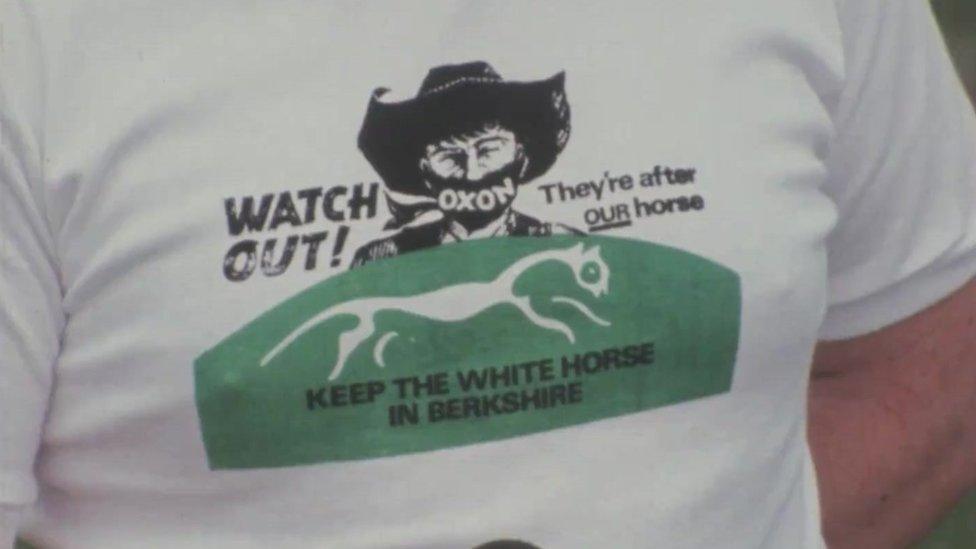
The changes meant the Uffington White Horse was now in Oxfordshire
The map was redrawn as part of a huge shake up of local government that reduced the number of councils in England from 1,245 to 412 - excluding parish councils.
The changes were seen at the time as making local government more efficient, and removing artificial separations between town and country authorities.
While the change was mostly administrative in many places, moving the Berkshire border was felt to be hugely symbolic, and has lead to pockets of resistance where the Berkshire identity lives on in Oxfordshire.
For example, the North Berks Football League retains its historical name - even though most of its Division 1 teams are in Oxfordshire.
League general secretary Charlie East said: "We've got 109 years of history, which we're not going to give up for the sake of changing the name. It's not on."
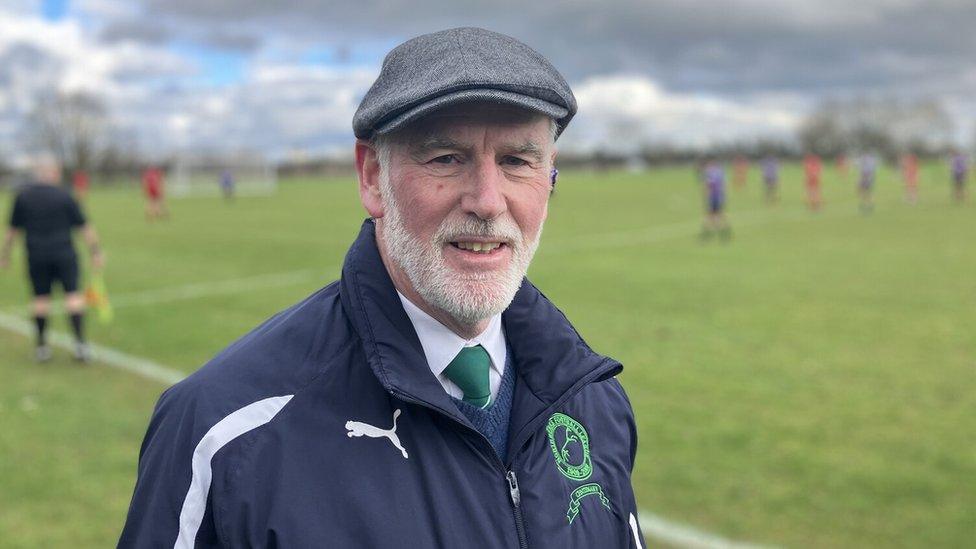
Charlie East is the North Berks Football League general secretary
Mr East said he remembers the border change upsetting his father, Reg, in particular.
"He was very proud to be born in North Berkshire," he said. "He was born in Ardington near Wantage and he served his time in the army during the war in the Royal Berkshire Regiment.
"His regret when he passed away was that he didn't want to pass away in Oxfordshire, but unfortunately the John Radcliffe [Hospital] is in Oxfordshire."

Charlie East's dad Reg served in the Royal Berkshire Regiment
Five decades down the line, it seems unlikely that the modern boundary will be pushed back to the River Thames.
Despite that, the campaign to reverse Oxfordshire's incursion into Berkshire continues.

Follow BBC South on Facebook, external, X, external, or Instagram, external. Send your story ideas to south.newsonline@bbc.co.uk or via WhatsApp on 0808 100 2240, external.
- Published2 August 2023

- Published24 January 2020
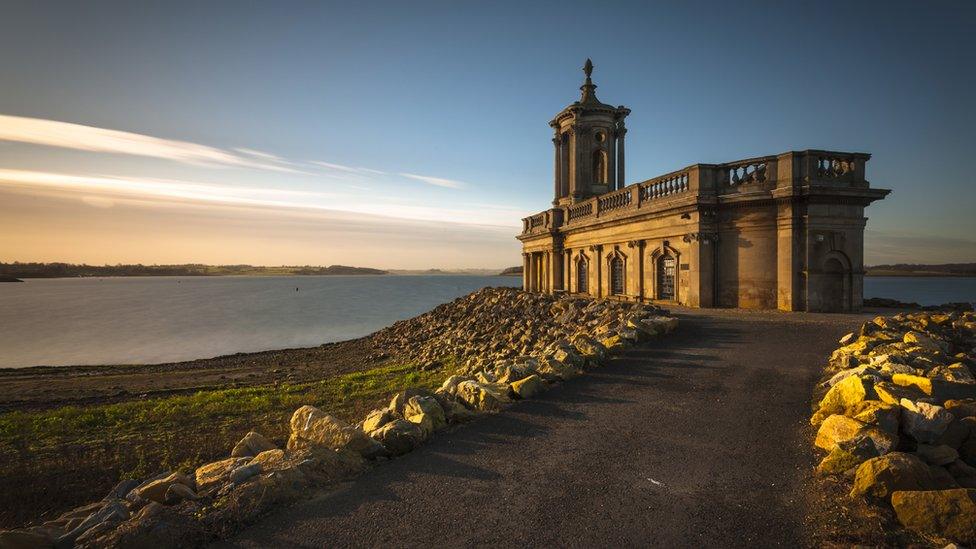
- Published25 April 2014
